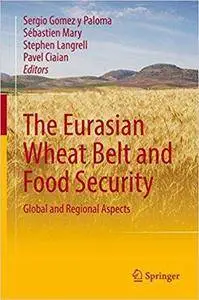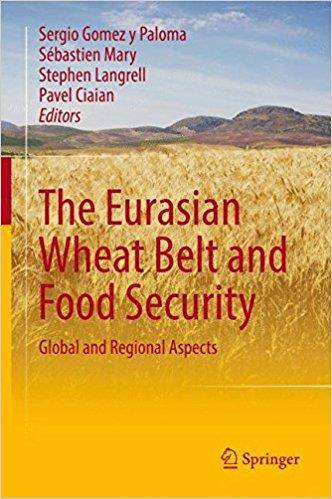The Eurasian Wheat Belt and Food Security: Global and Regional Aspects by Sergio Gomez y Paloma, Sébastien Mary, Stephen Langrell, Pavel Ciaian
English | 2017 | ISBN: 3319332384 | 319 Pages | PDF | 15.6 MB
English | 2017 | ISBN: 3319332384 | 319 Pages | PDF | 15.6 MB
This book provides an in-depth analysis of the wheat production developments in the Eurasian region and assesses the potential contribution of the region to domestic and international food security. In particular, the book covers policy and institutional developments of the agricultural sector in Eurasia with a special focus on the horizontal issues relevant to the current and future potential growth of the wheat production, such as land policy, credit and finance, privatization, farm restructuring, and environmental challenges.
Global food security is a major societal concern in the light of an increasing population, which is projected to grow from around seven billion today to almost 10 billion in 2050. Two most likely ways to achieve the much needed food production growth are: expansion of land cultivation or increase in crop yields and total factor productivity. The only region with a significant amount of uncultivated arable land that is at the same time experiencing rising agricultural productivity is the “Eurasian wheat belt,” comprising of Russia, Ukraine, Kazakhstan, and the Central Asian countries (Uzbekistan, Tajikistan, Turkmenistan, and Kirgizstan). This makes the region a potential hotspot for driving the future growth of global agriculture. Such prospects require a detailed investigation of Eurasia’s future perspectives in terms of food production (with a focus on wheat) and its potential contribution to regional and global food security.



